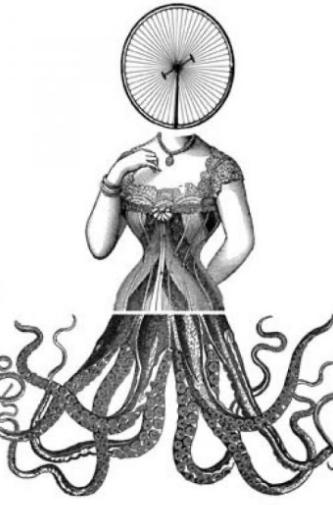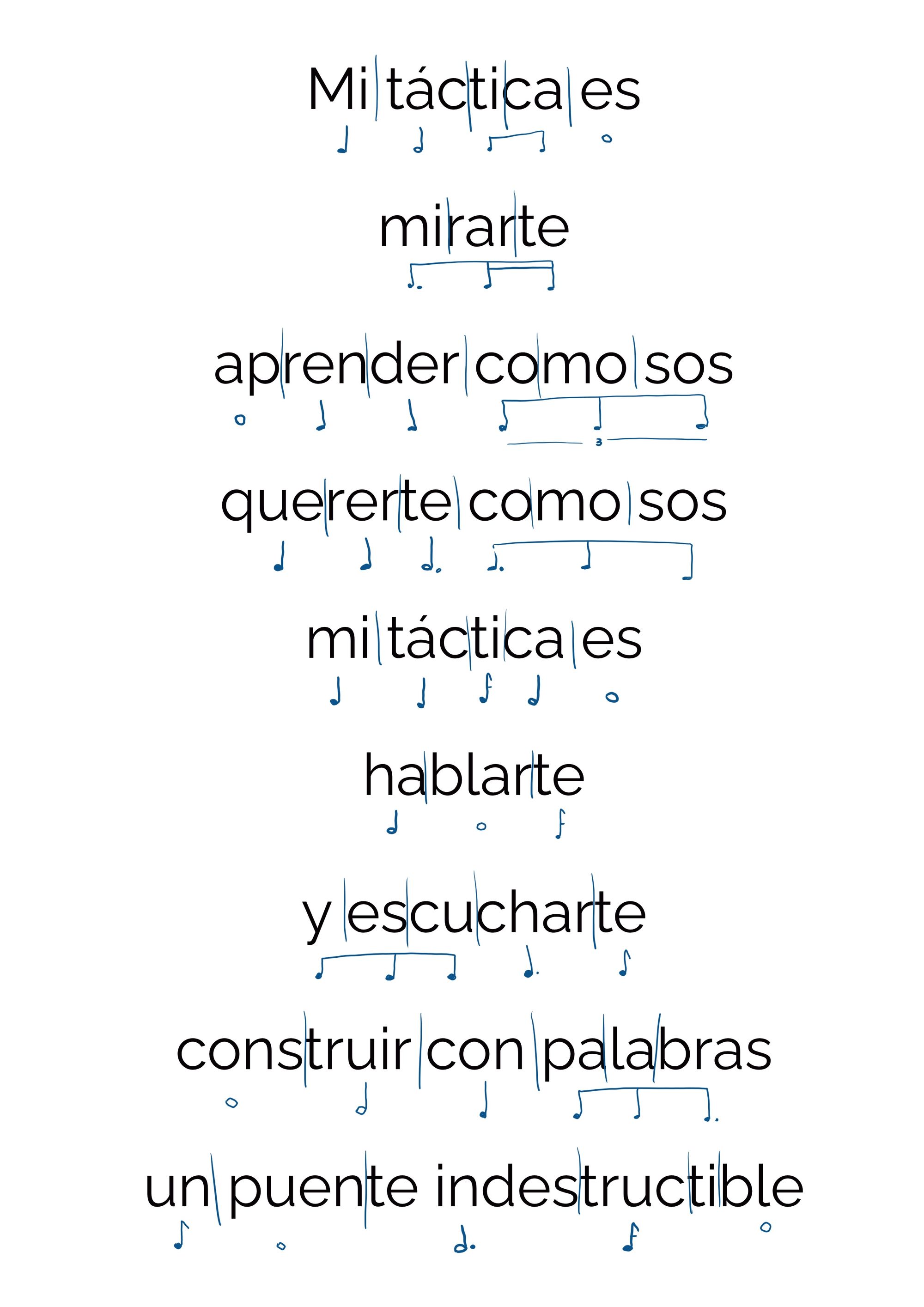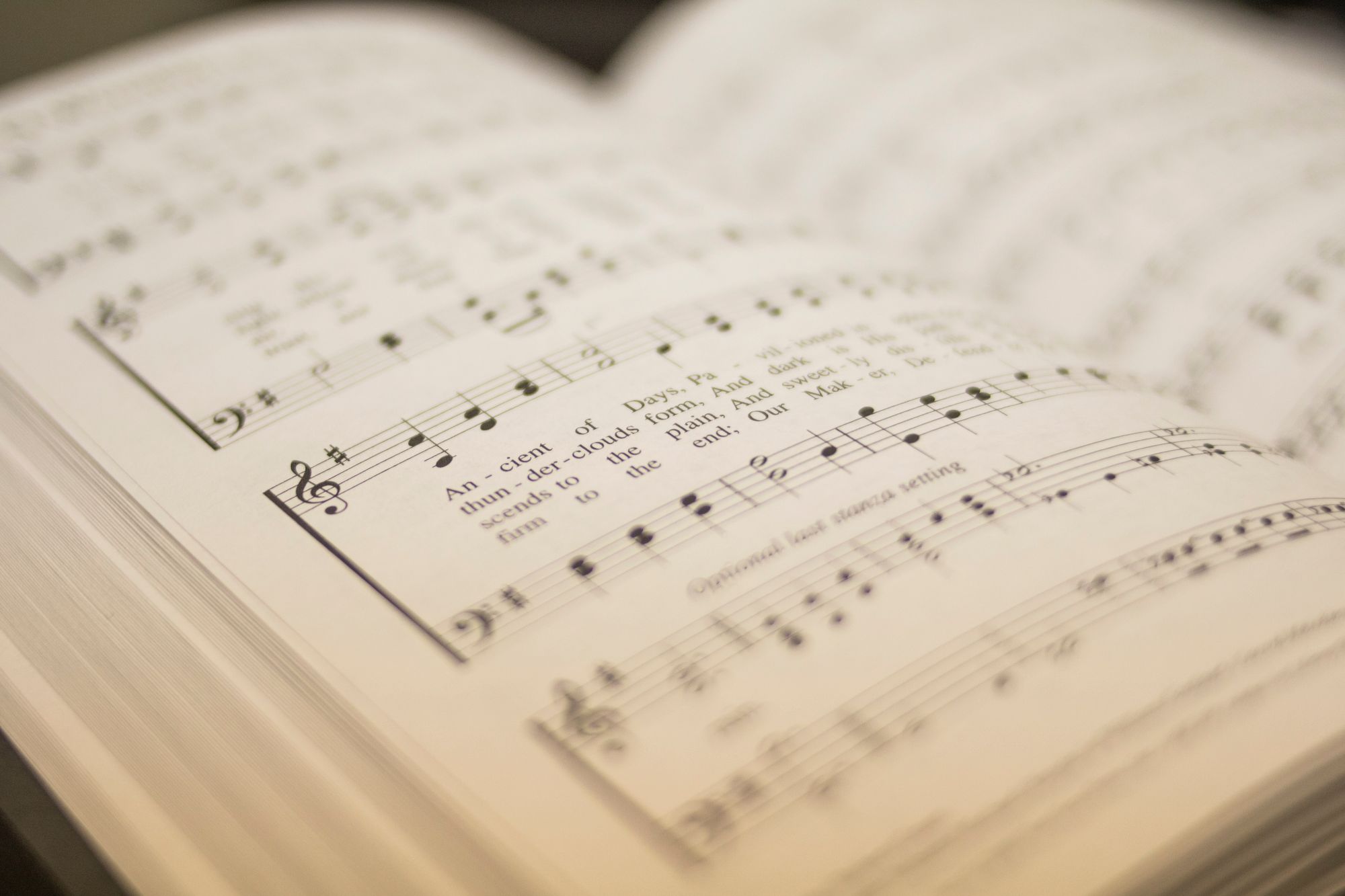Reaching the point where you have a unique way of composing is a big step. Although having formulas is wonderful, there is a risk that we end up repeating ourselves.In this article, you will learn three composition exercises that can help you understand how to compose music and diversify the way you create it. These exercises will help you get out of your comfort zone and explore new ways to communicate musically.
1. Exquisite Cadaver

This is a technique used in poetry and visual art by which a piece is collectively created. Sequentially, each person adds something to the composition by only seeing what the previous person added. This technique can be incorporated into both collective and individual musical creation.
Collective creation
First, determine the rules: how many bars each participant can write each turn, the key, etc. Any ideas are welcome!
Once you have your participants, set an order in which they will collaborate. Now create a new score in Flat and write your part. Send it to the next participant.
Participant number 2 must create a new score and write only his contribution. Then, send it to participant 3. And, so on.
Finally, everyone has to send you what they wrote. You need to copy and paste each part in the correct order into your score.
Ta-da! There you have your exquisite cadaver.
This kind of exercise is about freedom and spontaneity. You might get crazy results. The idea is, starting from the exquisite corpse, make adjustments, add parts, to create a song.
Individual creation
In case you want to perform this exercise by yourself, it is also possible. You will need paper, a pencil, and a bag or bowl.
You are going to create strips of paper on which you are going to write random melodies. The first ones that come to your mind. Don't think about it too much. You are going to fold them, put them in your bowl or bag and mix them.
Now, take out one strip of paper at a time and place them on a sheet. That's your exquisite cadaver, and it is time to start working on the song in your music notation software.
2.Composing using a text
When you have done this with all the text, create a new score in Flat. Choose the key and the instruments. Now, start entering the notes by assigning them a pitch.
From the created score, you can make adjustments and create new parts to build your song.

When you have done this with all the text, create a new score in Flat. Choose the key and the instruments. Now, start entering the notes by assigning them a pitch.
From the created score, you can make adjustments, create new parts to build your song.
3. Exploring new genres
Each genre has its language and a particular way of doing things. So, creating songs for genres we are not used to will generate a switch in the way we compose. For this exercise, choose one of your songs and create a new arrangement, this time for a genre that you are not so familiar with.
Take Creep by Radiohead as an example and the covers (jazz and cumbia) below:
Original song
Jazz cover
Cumbia Cover
Lastly, it is important to constantly challenge ourselves, expanding our limits when composing in our music notation software to discover new facets that we might have as composers.
Have fun!
